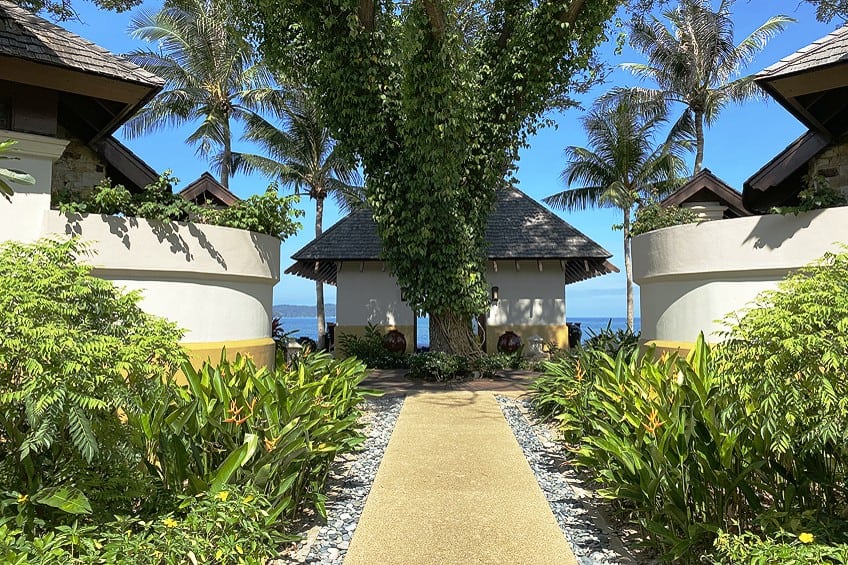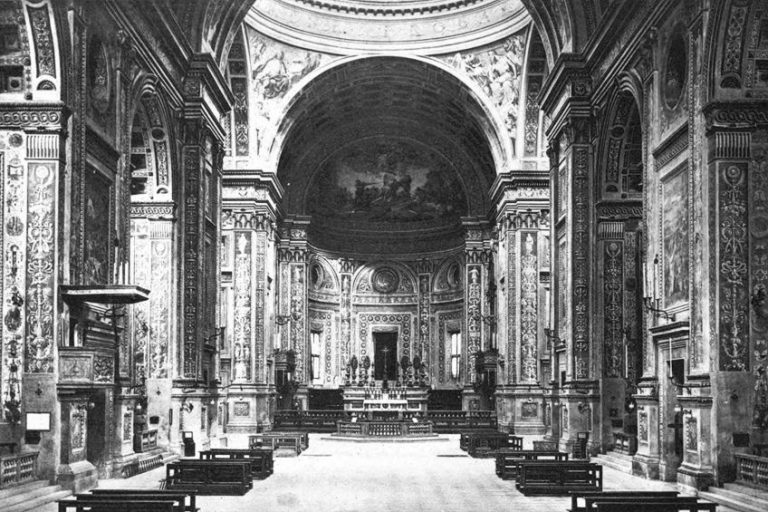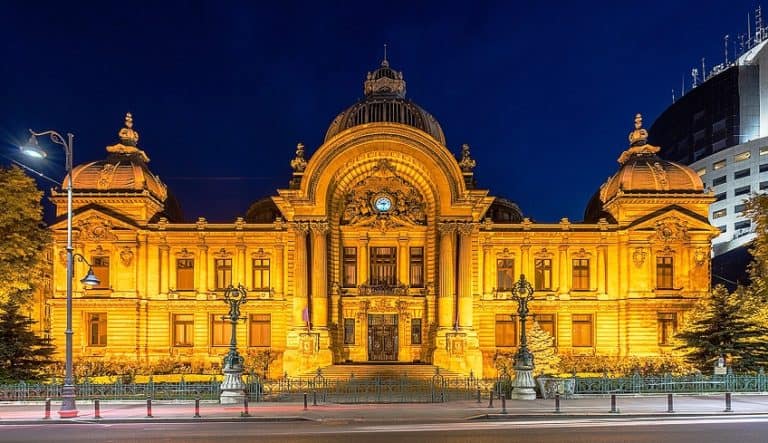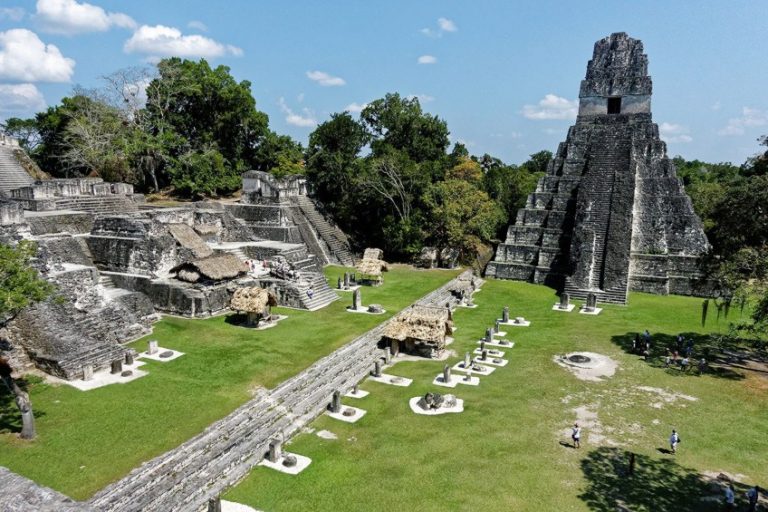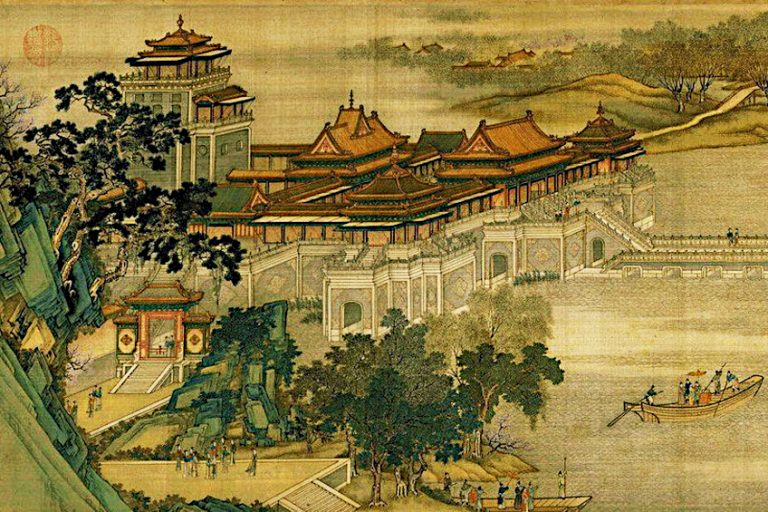Tropical Architecture – From Jungle Retreats to Beachfront Homes
What is tropical architecture? What is tropical design? Is tropical design necessary? We are going to examine tropical architecture today while paying specific attention to the history, necessity, and characteristics of tropical buildings. In addition, we will examine some of the issues with the entire concept of tropical building. If this is something that interests you, then let’s get started and see what we can learn about tropical architecture!
A Look at Tropical Architecture
Tropical architecture is any architecture that is specifically designed for a tropical environment. This does not mean that all examples of tropical buildings can be found in tropical environments, but rather that this is what they are designed to accommodate.
Over the course of this article, we will examine various aspects of tropical architecture to understand this form and some of the issues that it presents to us.
The History of Tropical Architecture
Tropical environments have been inhabited by human beings for thousands of years. Unlike our fellow non-human animals, we are not particularly adapted to every kind of environment that can be found on our planet. This is why we cannot simply be naked. So, the history of tropical architecture begins with the oldest civilizations that could be found in tropical environments. Some of the earliest were those in tropical regions in the Americas. Specifically, the Mayans, Aztecs, and Incas. While humans had been living in tropical environments since before the development of any of these civilizations, these are some of the oldest tropical buildings that still survive to this day. They were designed to allow the inhabitants to survive in a tropical environment.
Many of the characteristics of tropical architecture that will be discussed below could be found in some of these ancient tropical structures.
However, some of the contemporary understanding of “tropical architecture” came about during the colonial era as those who were not from tropical environments entered tropical environments. While those who had been born and grew up in these kinds of environments had become accustomed to such conditions, the new arrivals were not as accustomed to it. This is also where some of the problematic associations with the concept of “tropical architecture” come to the fore. However, that will be discussed in its own section below.

From there, tropical architecture continued throughout the world as many tropical environments developed, especially after the Second World War, and more modernized structures were built around the world. This has continued into the present day, but why do tropical buildings need to be designed differently?
The Necessity of Tropical Architecture
So, why is tropical architecture necessary? This kind of architecture is unlikely to be found, unless it is for a more gimmicky reason, in tropical regions. One of the primary attributes of a tropical climate is heat, usually a humid heat. This means that tropical regions require an architecture that is specifically catered to them. This means the design of structures that make better use of ventilation and shade. However, humidity and heat are not the only factors. Another of the major elements of a tropical environment is the constant threat of heavy rainfall. This means that structures need to be designed in such a way that they can minimize the possible damage that might come from rainfall of that kind.
This necessitates the use of good and comprehensive drainage systems to ensure that water does not flood into tropical buildings.
On top of all of this, the ever-present danger and effects of climate change have also had an impact on tropical environments. Many of the worst weather events can become more pronounced. This means that it can get even hotter, and so, structures need to be designed with this in mind. And so, what is tropical design? What are the characteristics of tropical architecture?
The Characteristics of Tropical Architecture
The primary characteristics of tropical architecture have to do with the way in which these kinds of structures need to be designed to ensure that the occupants do not succumb to the difficult weather that can make life in tropical regions a little harder. This means that many of the common characteristics that can be found in tropical architecture entail the use of steep roofs for better drainage, walls and designs that better manipulate the movement of sunlight to ensure that the house can remain as cool as possible, the use of large and consistent ventilation to allow for the free flow of air through tropical buildings, high ceilings to further aid in ventilation, and so on.
Sunlight, rainfall, humidity, and general heat are all major factors that need to be taken into account.
Many of these factors, such as the heat and humidity, can be rectified through the use of technology, such as air-conditioning, but technology such as that is also often energy-intensive and, therefore, expensive. So, instead of building something very expensive, it becomes preferable to implement a smarter design. Shade is one of the most necessary characteristics of tropical architecture, and the use of walls, screens, and so on, are all common elements that can be found. These are often supplemented with strong insulation. This is also where the building materials for tropical buildings become particularly important.

Structures need to be designed with regard to their environment, and many types of material can degrade quite quickly in tropical environments. This is why more natural, and renewable, materials are often seen as the preference in tropical buildings. This can mean the use of wood and bamboo is prominently featured in examples of tropical architecture.
Problematic Associations With Tropical Architecture
Until now, we have mostly viewed the idea of “tropical architecture” in a more depoliticized sense, but it is a political entity too. Much of the development of so-called tropical architecture arose during and after the advent of European colonialism. Europeans who invaded tropical countries were unaccustomed to the kind of conditions in these environments, and, as a result, many examples of tropical buildings were specifically constructed to protect colonizers from the elements.
Furthermore, tropical architecture has become synonymous with the idea of the “exotic”, which has a long and storied history thanks to the legacy of colonialism.
This is one of the reasons that emulated versions of tropical buildings can be found in non-tropical environments. It becomes “exotic” to have a tropical-style structure in a holiday resort in a non-tropical country. It has become a specific aesthetic. This does not mean that all instances of tropical architecture are problematic, but rather that the term can bring certain problematic associations to mind. However, tropical buildings, or at least those that have made use of tropical designs, have continued to be used and adopted into the modern day.
Examples of Tropical Buildings
There are many different ways in which to implement a tropical design concept for structures of various kinds. Today, we will examine a number of tropical buildings, and, in this case, they will all be residential in nature. While tropical buildings do not need to be residential, we do often have that kind of association with them because of some of the characteristics of tropical architecture that we have already discussed.
House 24 (2016) in Singapore
| Architect | Park + Associates |
| Date Constructed | 2016 |
| Function | Residential |
| Location | Singapore |
House 24 is a fascinating piece of tropical architecture located in Singapore. The structure is situated on a triangular plot of land, and for this reason, the architects decided to engage in some interesting tropical design planning. The site is situated beside landscaped state land, and so when the design was implemented, it made use of this reality to ensure that the structure flowed with the more natural landscape around it.
One of the most notable elements of House 24 is its use of a courtyard with a screen design that surrounds it. This screen, which incorporates wall and ceiling design, allows for a reduction in the general heat of the courtyard and the structure. The house itself is also arranged in a triangular design that is quite unusual but produces a stunning architectural effect.
Nilo Houses (2016) in Nilo
| Architect | Alberto Burckhard + Carolina Echeverri Associates |
| Date Constructed | 2016 |
| Function | Residential |
| Location | Nilo, Colombia |
The Nilo Houses are a pair of houses that are absolutely stunning in their design and implementation. They are elevated at a spot that allows for panoramic views of the natural, tropical environment around them. In terms of tropical buildings, the Nilo Houses are quite Modernist in their general design with a flatter and more elongated design that makes use of extensive windows to allow for the beautiful view to be taken in from practically every angle.
One of the fascinating things about this design is that these two houses were commissioned by a pair of brothers who wanted to have separate spaces for their summer residences, but also wanted them to be connected with one another as an architectural unit. This has led to an interesting combination of designs that have led to these concrete structures being both independently operated while also sharing certain spaces with one another.
Tresno House (2019) in Tangerang
| Architect | Realrich Architecture Workshop |
| Date Constructed | 2019 |
| Function | Residential |
| Location | Tangerang, Indonesia |
The Tresno House is a more geometrically designed tropical building that makes use of a pronounced cantilevered section to hang over one portion of the structure. The house includes amenities that can aid in cooling off in more tropical environments, such as a pool and a partially shaded garden. One of the most important aspects of the design of many tropical buildings, and the Trenso House is no exception, is the orientation of light.
This building was designed in such a way so that more direct sunlight could be minimized through the use of a solid wall with minimal openings for the heat to enter. The concrete design and aesthetic of the house as a whole contribute to its more naturalistic look. This is further aided by the interior skylight that allows for natural lighting while also reducing the overall heat that enters the structure.
With that, we have come to the end of this brief examination of the tropical design concept. We have discussed the history of tropical architecture, its necessity within certain regions, some of its characteristics, the problematic associations that the term has, and a few tropical buildings. Hopefully, this has been an enlightening look at tropical architecture and what kinds of structures are built in a variety of different parts of the world, as different places require structures to be designed in very different ways.
Frequently Asked Questions
What Is a Tropical Environment?
A tropical environment is any part of the world that falls within a specific temperature and latitude range. These regions are generally found around the equator, and they are characterized by higher heat, heavier storms, and rainforests. Although there are different types of tropical climates, these are the generally understood characteristics of tropical environments. They are often noted for remaining hotter than many other climates during the winter months.
What Is Tropical Architecture?
Tropical architecture is any kind of architecture that is focused on the creation of structures within tropical environments. This means that the specific design of these kinds of structures needs to be tailored to the specific requirements of the region. Tropical environments are typically noted for being particularly hot and so, they can be uncomfortable and require massive amounts of energy consumption to decrease the temperature. This has led to the need to understand how best to design these kinds of structures to maximize comfort and minimize expense.
What Is Tropical Design?
Tropical design is any kind of design that is specifically tailored towards a more comfortable environment. While there are many tropical buildings in tropical regions that do this out of necessity, there are also many regions that feature imitations of the tropical design concept for leisure purposes. This can often be seen in holiday resorts. However, this term can also refer to actual tropical architecture.
Why Do Tropical Environments Need Tropical Architecture?
Tropical environments are noted for their heat, heavy storms, and extensive sunlight. This means that buildings in a tropical climate need to be designed around architectural practices that maximize the comfort of those who use them. This often means the use of specific materials and designs, such as screens for shade. These locations are some of the hottest in the world, and as such, it is necessary to ensure that the occupants are able to live comfortable lives.
What Are the Characteristics of Tropical Architecture?
Some of the most common characteristics of tropical architecture include the use of shade, ventilation, large windows, high ceilings, steep roofs for better drainage, and so on. Essentially, structures that make use of this particular architectural style do so because they need to be adapted to a specific type of environment. While tropical architecture can be found outside of tropical environments, it is wholly aesthetic in such places, but it becomes a necessity in actual tropical environments.
Justin van Huyssteen is a freelance writer, novelist, and academic originally from Cape Town, South Africa. At present, he has a bachelor’s degree in English and literary theory and an honor’s degree in literary theory. He is currently working towards his master’s degree in literary theory with a focus on animal studies, critical theory, and semiotics within literature. As a novelist and freelancer, he often writes under the pen name L.C. Lupus.
Justin’s preferred literary movements include modern and postmodern literature with literary fiction and genre fiction like sci-fi, post-apocalyptic, and horror being of particular interest. His academia extends to his interest in prose and narratology. He enjoys analyzing a variety of mediums through a literary lens, such as graphic novels, film, and video games.
Justin is working for artincontext.org as an author and content writer since 2022. He is responsible for all blog posts about architecture, literature and poetry.
Learn more about Justin van Huyssteen and the Art in Context Team.
Cite this Article
Justin, van Huyssteen, “Tropical Architecture – From Jungle Retreats to Beachfront Homes.” Art in Context. October 27, 2023. URL: https://artincontext.org/tropical-architecture/
van Huyssteen, J. (2023, 27 October). Tropical Architecture – From Jungle Retreats to Beachfront Homes. Art in Context. https://artincontext.org/tropical-architecture/
van Huyssteen, Justin. “Tropical Architecture – From Jungle Retreats to Beachfront Homes.” Art in Context, October 27, 2023. https://artincontext.org/tropical-architecture/.


